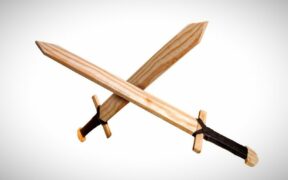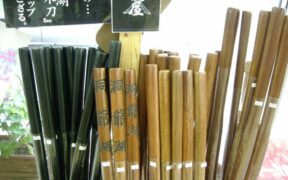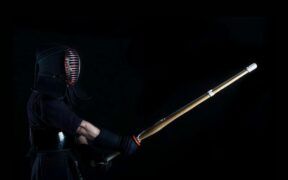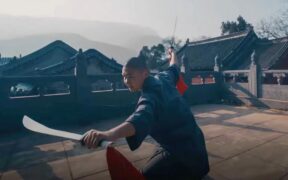Our content features commercial links to our products, committed to transparent, unbiased, and informed editorial recommendations. Learn More
Best Practice Swords for Martial Arts
NO AI USED This Article has been written and edited by our team with no help of the AI
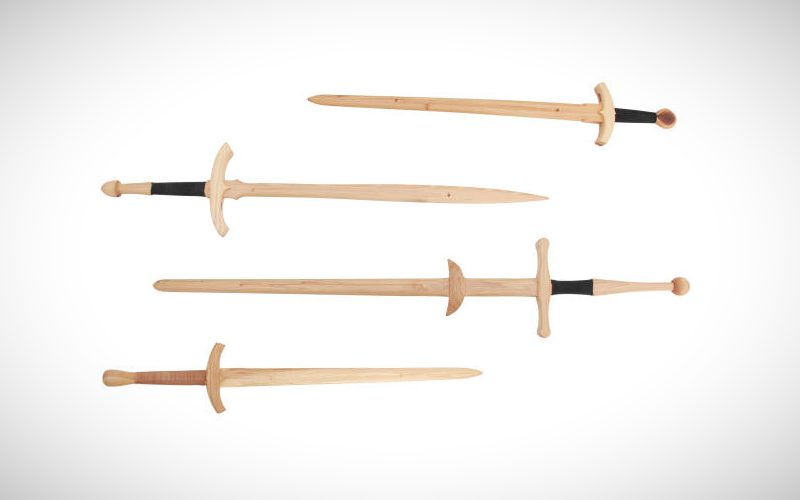
Several martial arts practitioners use specialized practice swords to learn sword fighting without the danger of a sharp blade. The Japanese, Chinese, and European swordsmanship use a variety of swords, each with unique characteristics and techniques.
We’ve compiled a guide on different types of practice swords used in sword-based martial arts, how to determine which types best suit you, and where to get them online.
Most Popular Types of Practice Swords
Several martial arts around the world use wooden swords, though terminologies may vary in different styles of swordsmanship. Many practitioners also use blunt swords with blades that bend upon contact for safety.
We rounded up the most popular practice swords, from Japanese to Chinese martial arts and HEMA.
1. Bokken
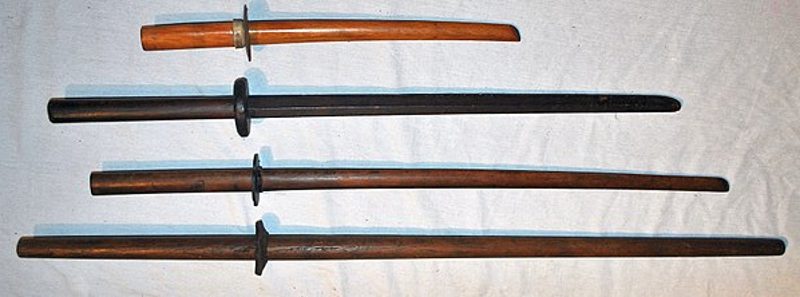
The term bokken, sometimes spelled boken, refers to wooden swords used in Japanese martial arts. Constructed from one piece of wood, it is designed to replicate the weight and balanced feel of a Japanese sword. The use of wooden swords in training originated from the samurai who used them to preserve the cutting edges of real samurai swords and prevent injury and death.
Depending on the type of practice, it could be a daito bokken (long wooden sword), a shoto bokken (short wooden sword), or a tanto bokken (wooden dagger). There’s also a suburito, a wooden sword used in suburi training which has a thicker and heavier wooden blade than the usual bokken to help develop muscle strength. Nowadays, martial arts practitioners use the bokken in kenjutsu, aikido, iaido, tanto jutsu, and others.
2. Shinai
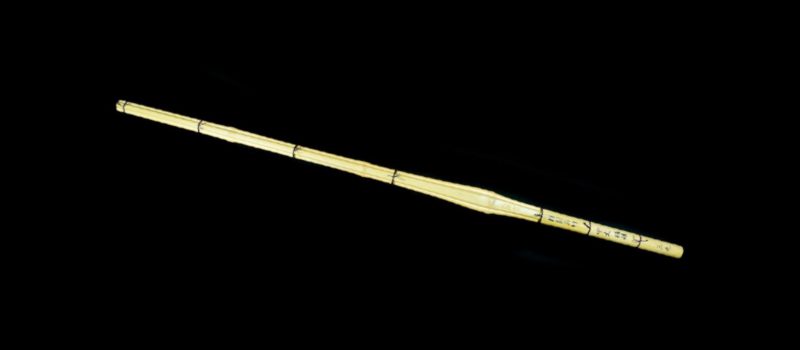
Primarily used in kendo training and competitions, the shinai is a bamboo sword. It consists of four bamboo pieces bound with strings and a sword guard (tsuba) to protect the hand. Its shape varies on the blade portion above the tsuba. The hosomi shinai is the thinnest, the chubuto shinai is the medium type, and the dobari shinai is the thickest. Kendo practitioners also use the bokken in practicing kata or forms but rely on the bamboo sword for full-contact sparring.
3. Iaito
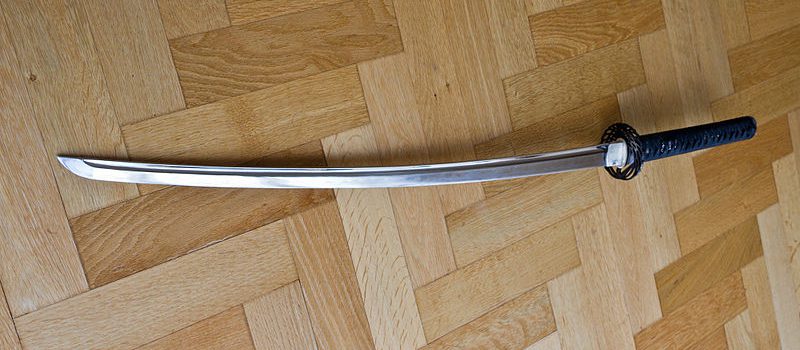
The iaito is an unsharpened metal blade, usually made of aluminum that cannot be sharpened. It is the primary training sword in iaido martial arts which focuses on attacking from a scabbard or saya. The main practice is done alone, and iaido forms or kata involves drawing and cutting, cleaning the blade, and replacing the sword in the scabbard.
Various styles of iaido may be practiced with the long sword katana, the short sword wakizashi, or the tanto dagger. Modern iaido is also a sport with competitors performing their sword movements in front of judges. However, iaido practitioners never use their iaito in practice with a partner or contact drills.
4. Shinken
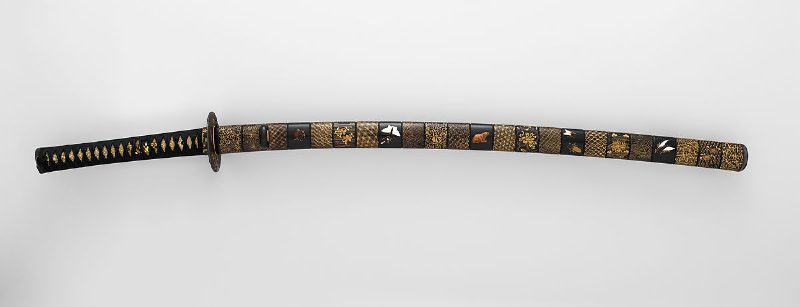
Depending on the level of the qualification of the practitioner, he may use a shinken, a razor-sharp or live blade in Japanese martial arts. The term shinken usually refers to traditionally-made Japanese swords. For safety, real swords are only used for demonstration or tameshigiri, a test-cutting practice, with special permission.
5. Tai Chi Sword
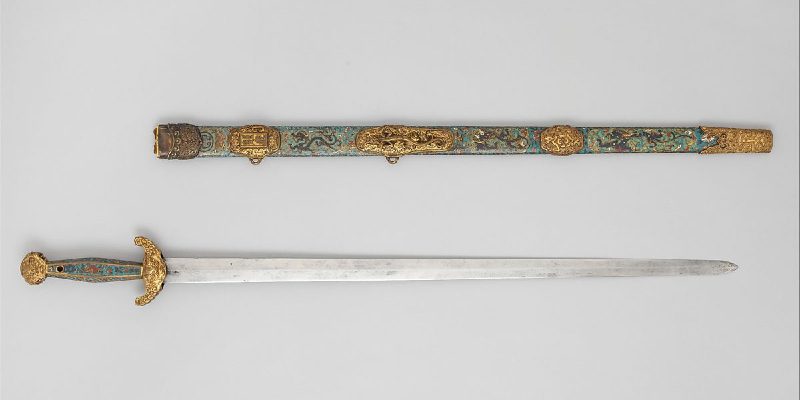
Several styles of Chinese martial arts use different kung fu weapons including swords. In tai chi, there are two main sword types: the jian, a straight double-edged sword and the dao, a slightly-curved single-edged sword. The term sword usually refers to the jian, as practitioners often refer to the dao as a saber or broadsword.
In martial arts training, the jian focuses on light and agile movements. It is a lightweight weapon and does not require great strength to wield. On the other hand, the tai chi saber or broadsword focuses on powerful and vigorous chopping movements. Many tai chi practitioners use a wooden sword before progressing to a metal sword and do not carry a sharpened blade in practice.
6. Waster
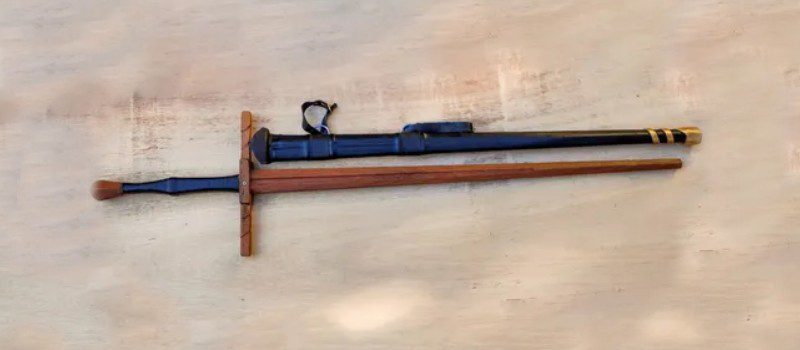
In Historical European Martial Arts or HEMA, the term “waster” usually refers to a wooden sword or a synthetic nylon sword blade used for sparring.
However, many sword techniques, especially those using arming swords or longswords cannot be practiced properly with wasters because wood or plastic do not have the same properties as steel.
These sword-shaped training weapons feature a crossguard, blunted edges, and tips. Unfortunately, wasters do not bend, making it challenging when practicing thrusting techniques.
So, many HEMA practitioners prefer flexible steel practice swords than wasters. Still, wasters are an excellent training sword for physical conditioning and exercise drills.
7. Federschwert
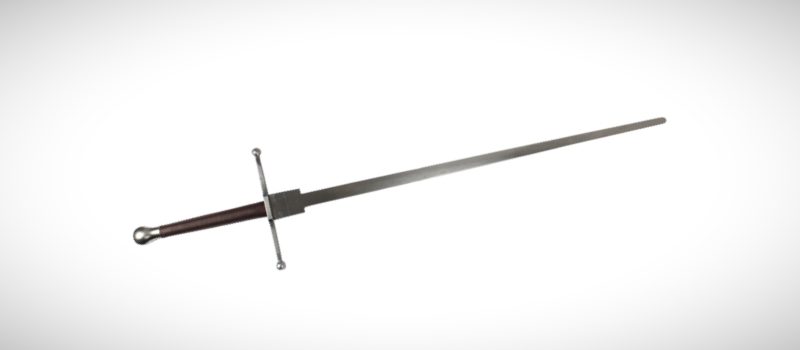
Sometimes called feder, the federschwert is German for feather sword. It is the primary training weapon for practicing longsword or sometimes arming sword techniques. Designed to bend when thrusting an opponent, these practice swords have metal blades and could harm others if protective equipment is not worn.
The federschwert features a narrow blade, thick edges, and a foiled or turned-over tip to minimize sparring injuries. The blade also flares out near the crossguard to strengthen the area prone to breakage. Some have longer grips than a typical longsword, either for leverage or to allow the use of padded gloves.
8. Rapier Training Sword
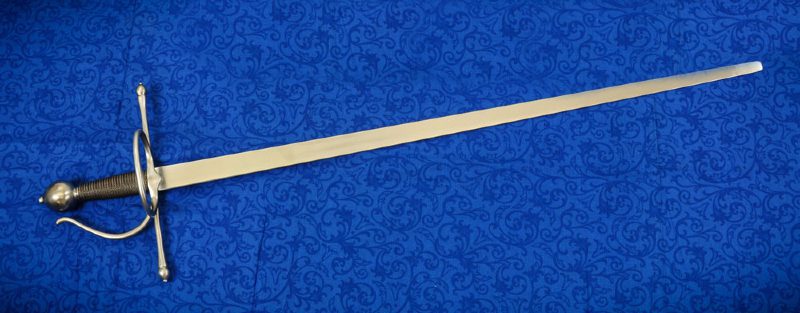
In HEMA, some sword types have steel blades that bend in the thrust yet are not called a federschwert because they are not longsword-type weapons. Primarily used in rapier fencing, the rapier training blades are flexible, unlike real rapier blades that are rigid to maximize thrusting power.
Rapier training swords also feature a blunt button tip suitable for training. However, they are not referred to as fencing foils or épées. Those fencing weapons used in Modern Olympics simulate a smallsword—not a rapier.
9. Blunt Practice Sword
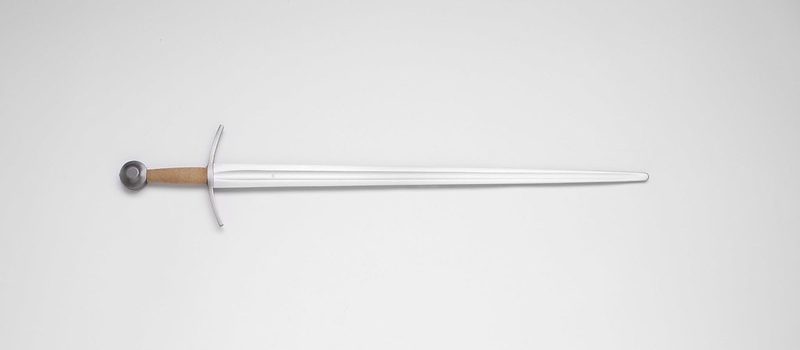
Less common in HEMA, a blunt practice sword does not feature blades that bend in the thrust, making them unsafe and unsuitable for sparring. Most HEMA practitioners do not wear historical protective equipment like chainmail or plate armor. Still, some practitioners who practice armored combat can use them, providing they would wear steel armor.
However, combat techniques in armored fighting are brutal, making it uncommon in HEMA clubs. Blunt swords are more popular in Burhurt events, a full-contact combat sport where fighters wear armor. In HEMA, most styles of combat focus on unarmored fighting with more flexible swords and practitioners generally wear fencing masks, sparring gloves, and padded jackets.
10. Sharp Steel Swords
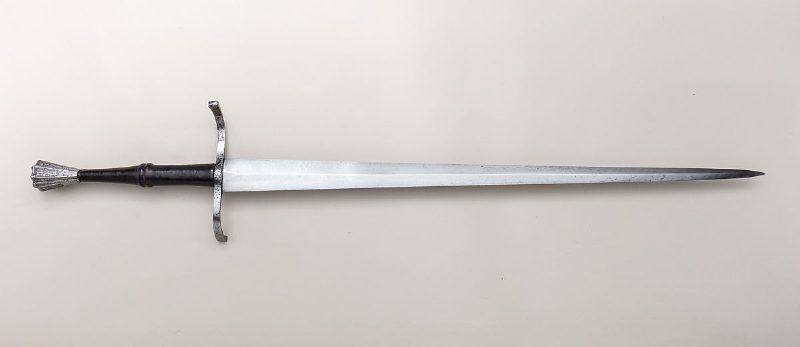
Some HEMA practitioners also perform test cutting, similar to the tameshigiri, to hone their sword skills using Renaissance and medieval swords. They may utilize the longsword, arming sword, great sword, broadsword, saber, rapier, or smallsword, each with different characteristics and techniques. Generally, they cut through tatami mats, ballistic gelatins, foam pool noodles, clay, and meat. However, one should have proper training before handling a sharp steel sword.
How to Choose the Best Practice Sword
When choosing a training sword, it is important to opt for one suitable for the type of practice with safety in mind. The material and construction vary in different swords, but they must be able to withstand the harsh training.
Here are the factors to consider when choosing a practice sword:
Material and Construction
While Japanese martial arts mainly rely on wooden swords or bokken, the Historical European Martial Arts of HEMA prefer flexible steel blades. If you’re a beginner, experts recommend practicing with wooden swords before progressing to metal ones. Also, real swords with live blades are reserved only for experts who can handle the weapon safely.
Wood
The Japanese bokken is ideally made of white or red oak, in which the latter tends to warp less in Western climates. Wooden swords like wasters are often constructed from hardwood and can withstand heavy blows. However, those crafted from cheaper lighter wood could easily break upon impact.
Polypropylene
High-quality polypropylene plastic swords are durable and sometimes more resilient than wooden swords. However, they hardly replicate the weight and the balanced feel of a metal sword. Still, they could be efficient for practicing basic movements and sparring.
Steel
Quality sword blades are generally made of high-carbon steel that are subsequently tempered. Swords used in HEMA sparring like the federschwert have high-carbon flex-tempered blades that allow considerable flexibility without breaking. These blades are designed to be springy instead of hard.
In HEMA, experts recommend blades with slight spring and designed to flex in the last one third of their length towards the tip and then spring back to their original position. Good blades usually bend about three inches, and thinner ones like rapiers about five. These practice swords are safer for thrusting than the traditional wooden swords or wasters.
On the other hand, swords used in tameshigiri or test cutting practice are hard to resist bending and tough to prevent fracturing. Traditionally-made Japanese swords are clay tempered and hold a sharp edge. Generally, a good tempering can improve the average steel while an improper heat treatment could ruin the best steel.
Size and Weight
Practice swords vary in size and weight, depending on the sword type and the practitioner’s height. Sword sizes sometimes depend on specific schools, training, and competitions. Unless one is building muscle strength, an ideal practice sword replicates the size, weight, and balance of its steel counterpart.
Construction
Flexible blades used in HEMA usually have a buttoned or foiled tip for safety. Most practice swords have a sword guard to protect the hand, whether a rounded tsuba of Japanese swords or a crossguard of medieval swords. Wooden swords generally do not have scabbards, but blunt metal swords have mountings similar to real swords.
